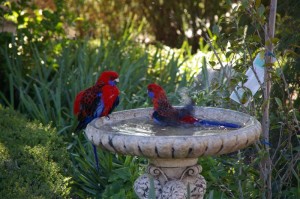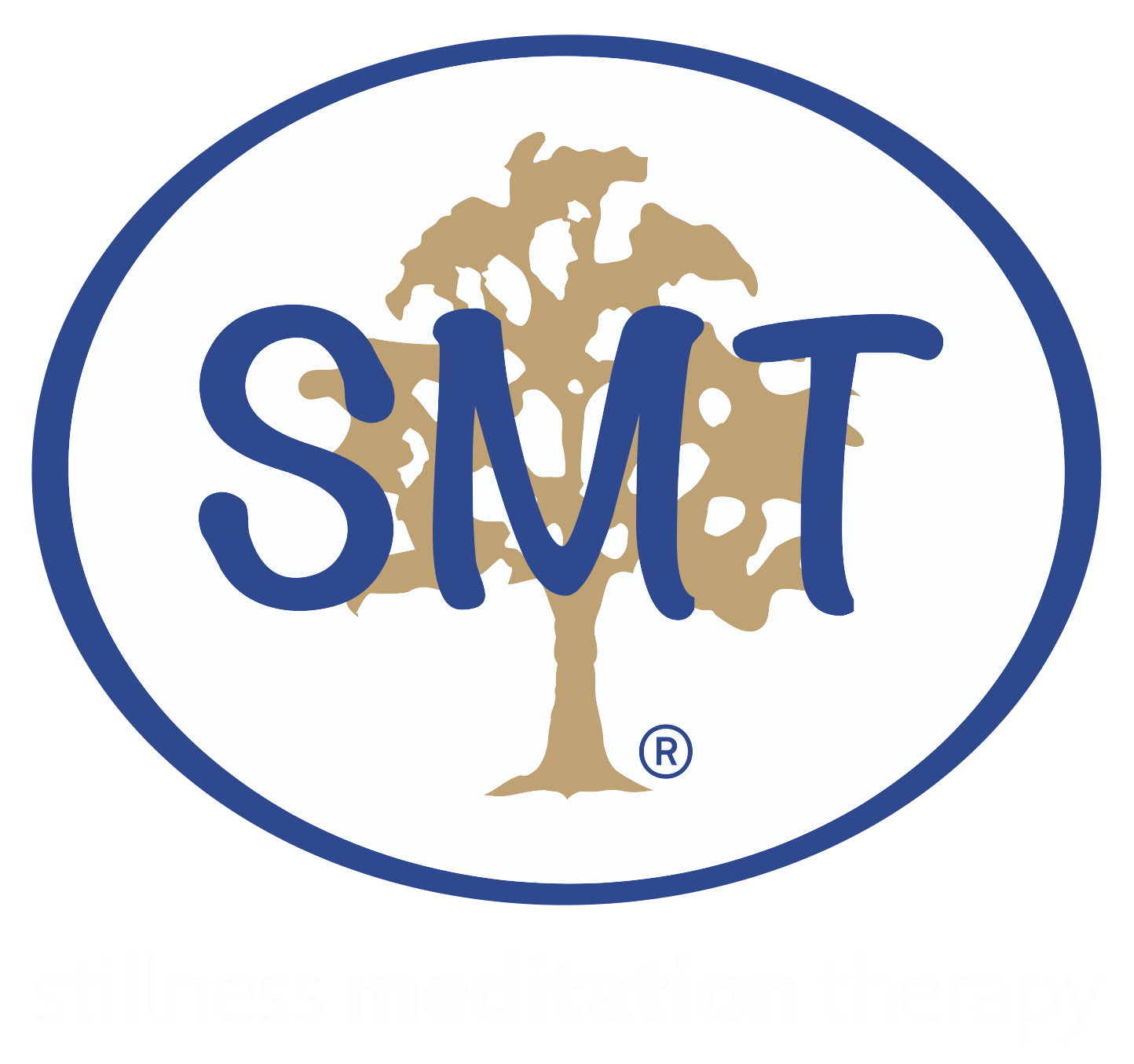When anxiety gets in the way of Dr Google
There’s no doubt about it, we can learn lots from the internet. And I wouldn’t mind betting that ‘Dr Google’ gets more visits than any other site – because people always want answers to their health matters. This is good, because health matters a great deal.
Lots of clients at the SMT Centre are those who have a tendency to be more than anxious … highly sensitive people, creative thinkers with busy minds and busy lives. When you mix those qualities with prolonged web browsing in a search for symptom relief, clarification, reassurance, successful remedies or the side effects of medication it’s not surprising that a negative outcome may take place.
Those who tend to be anxious are almost always blessed with a vivid imagination – and before you know it, web based advice will lead to panic. A small new mole instantly becomes threatening; tension headaches transform to a likely brain dysfunction and generalised pain could be any dreadful disease as the mind conjures up visuals in colourful detail. Indeed, bad things can happen. However, and not surprisingly, real illness is usually coped with courageously as one of the many life challenges we all must face. But … catastrophic reactions to likely minor ailments lead to extended and unnecessary worry – reactions which won’t help the situation at all.
Thankfully in the majority of these cases, all worries can be quickly put to rest.
Also thankfully, a majority of people, anxious types or otherwise, have a good sense of humour tucked away behind their anxiety. The gentle use of humour is an excellent strategy for recognising the reaction that leads to over-reactive concern!
So what to do next time?
Relax … let go … look at the situation gently. Give Dr Google some time off and calmly visit your real doctor or health practitioner to get the facts. And remind yourself that your imagination is best put to real creative use rather than negative ruminations. Life is a journey peppered with a multitude of experiences and most of them are good experiences. Trust yourself and trust the goodness of life to provide the correct answers and the best outcomes. Yes, your health matters and includes the importance of your mental health, too. Treat your mind with kindness and your body will be more able to look after itself!
In Stillness …
Pauline McKinnon (c)
November 2017, Melbourne
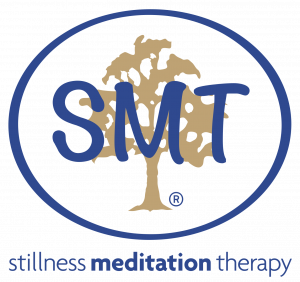
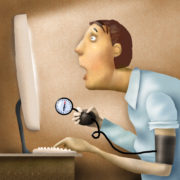

 The rise and rise of the popularity of meditation as a life skill calls for increased numbers of qualified meditation teachers. A wonderful prospect indeed as the widespread recognition of meditation as an enriching and sustaining life-skill has finally arrived!
The rise and rise of the popularity of meditation as a life skill calls for increased numbers of qualified meditation teachers. A wonderful prospect indeed as the widespread recognition of meditation as an enriching and sustaining life-skill has finally arrived!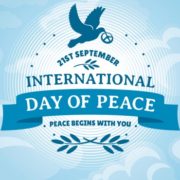

 Living as we do in these times of high anxiety and with not much evidence of real improvement to that situation, it seems timely to revisit the word resilience. This is a word that entered popular vernacular a few years ago and a word that is currently quite vigorously postulated as the answer to issues surrounding mental health. Perhaps the gaining of resilience may be part of that solution – except for a couple of important questions. Just how is the gift of resilience gained? And how can individuals, or society in general actually foster resilience?
Living as we do in these times of high anxiety and with not much evidence of real improvement to that situation, it seems timely to revisit the word resilience. This is a word that entered popular vernacular a few years ago and a word that is currently quite vigorously postulated as the answer to issues surrounding mental health. Perhaps the gaining of resilience may be part of that solution – except for a couple of important questions. Just how is the gift of resilience gained? And how can individuals, or society in general actually foster resilience?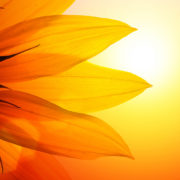

 Oh yes … that New Year Resolution! Well, with all the best intentions, it’s the New Year’s resolution (or maybe more than one), that’s often overlooked once the celebratory season is over. And now it’s April already!
Oh yes … that New Year Resolution! Well, with all the best intentions, it’s the New Year’s resolution (or maybe more than one), that’s often overlooked once the celebratory season is over. And now it’s April already!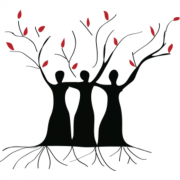
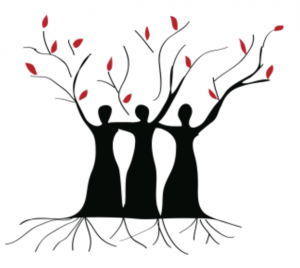 This commanding slogan used on the website of the United Nations for Women brings the promise of all that can be achieved for the world when the contributions of women are fully recognised, valued and properly employed.
This commanding slogan used on the website of the United Nations for Women brings the promise of all that can be achieved for the world when the contributions of women are fully recognised, valued and properly employed.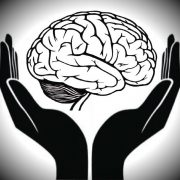
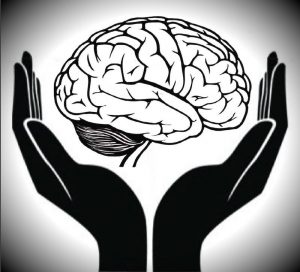 Lots of information is available these days on how to improve mental health, manage our mind, control emotions, find inner peace … and so on. In a flush of interest over the past 5 years or so, the significance of mental health has become public property and, thankfully, mental health issues are at last being recognised as valid – and treatable – and certainly no longer subjects to be avoided at all costs.
Lots of information is available these days on how to improve mental health, manage our mind, control emotions, find inner peace … and so on. In a flush of interest over the past 5 years or so, the significance of mental health has become public property and, thankfully, mental health issues are at last being recognised as valid – and treatable – and certainly no longer subjects to be avoided at all costs.